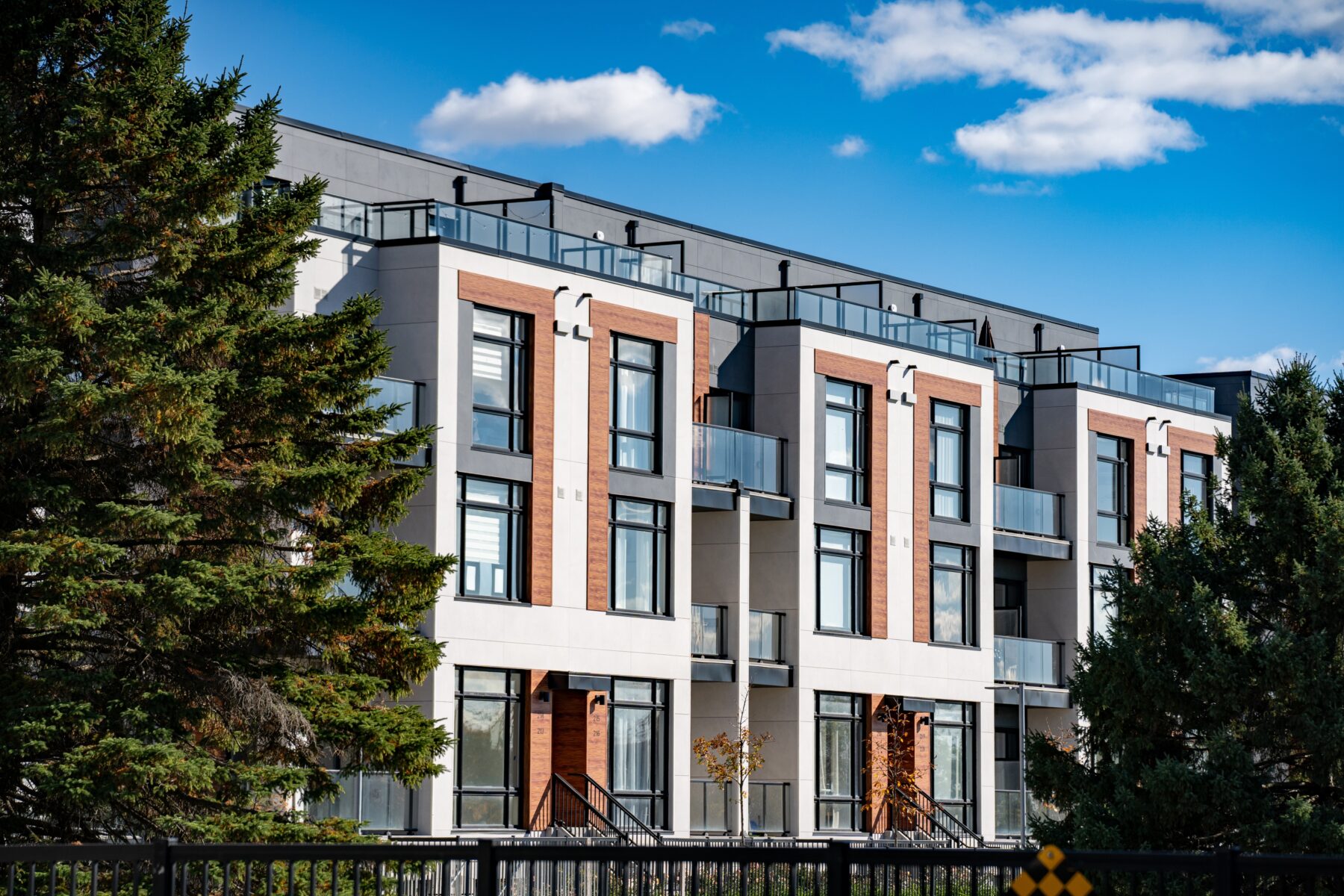Unexpected increases in escrow accounts are one of the major reasons why borrowers contact servicer call centers. Resolving these calls often take time and require a fair amount of explaining to help homeowners understand why their monthly payment is going up. Over the next few years, however, a combination of forces—big jumps in homeowners and flood insurance premiums, dramatic home price appreciation and the downturn in commercial real estate—have the potential to create a perfect storm for borrowers with escrow accounts and produce a new wave of challenges for servicers.
What’s the leading cause of escrow issues? Most servicers would point to real estate tax increases, and from a historical perspective they’d be right. Real estate taxes usually make up the largest non-P&I portion of most escrow accounts, and they can change annually or semi-annually. Homeowner insurance and flood insurance premiums, which are also paid through escrow accounts, have tended to be smaller payments with more gradual increases. However, in many parts of the country, including some of the most populous states, this is rapidly changing.
Insurance issues
Homeowners insurance is increasingly becoming a bigger issue for consumers and servicers. The average U.S. homeowner is slated to see a 9% increase in premiums this year – a jump of about $150 to an average premium of $1,784, according to Insurify, an online marketplace. But in Florida, the average premium will jump by 66% this year to an average of $8,000 per year. And that’s if you can get homeowners insurance at all. Some major carriers have stopped writing coverage in Florida as have six major insurers in California. In addition, getting homeowners insurance is becoming increasingly difficult in Texas and Louisiana as well as portions of other states that are exposed to extreme climate change risk, like floods and fires.
How bad is it getting? Recently, Rick Sharga, founder and CEO of CJ Patrick, a real-estate consulting firm, told the Wall Street Journal that the problem is getting so severe that borrowers are becoming delinquent on mortgage payments and blaming their late or missed payments on unexpected increases in their insurance premiums.
Meanwhile, flood insurance premiums are also rising. Starting last year, federal flood insurance policies are using what is known as Risk Rating 2.0 pricing. The new pricing scheme eliminates flood zones and measures risk at the property level, and, for the first time, reflects the true cost of the flood insurance.
Federal Emergency Management Agency (FEMA), the agency that oversees the federal flood insurance program, recently released data showing how much the average flood insurance policy cost could go up in each state under Risk Rating 2.0. Based on the latest FEMA numbers, homeowners in 11 states can expect premium increases of more than 100%, and in 29 other states the increases will range from 50% to 100%.
Because there is an 18% cap on federal flood insurance premiums, the average policyholder can expect their rate to go up 18% a year for several years until they’re paying the full risk-based cost.
Properties in some flood-prone communities will see much higher increases, critics say. For example, a lawsuit in Louisiana claims that the new Risk Rating 2.0 rates will increase premiums in St. Charles Parish, LA, on average by 752%.
What goes up…must go…up?
Since 2020, average home prices have increased by more than 29% according to Zillow. This has been great news for homeowners who are currently sitting on more than $16 trillion in home equity, according to Black Knight’s latest Mortgage Monitor Report. What will be less than great news of course is that the value of these home will soon, if not already, be assessed for higher property taxes.
A recent issue of the Kiplinger Financial newsletter noted: “Your home may be your most valuable asset, especially if it’s worth considerably more than you paid for it years ago. But the rise in home values has led to an increase in the cost of owning a home, particularly where property taxes are concerned. And if you think your taxes are high now, it could get worse.”
While some states and counties are trying to address this issue by providing different forms of tax relief—breaks for senior homeowners, for example, and annual caps on how much taxes can rise—there is another factor at play that might add further increases.
The commercial real estate market is reeling from the combined effects of work from home and high interest rates which are impacting both commercial real estate values and the ability for commercial real estate owners to pay their taxes.
“When commercial properties are vacant, the value of the building declines, which lowers the municipality’s tax base,” said Robert Barber, chief executive officer for property data provider ATTOM. He continued, “Vacancies or empty properties lower the base upon which taxes are levied, which can lead to higher tax rates and higher taxes for every property owner.”
Will all this happen at once? Will all of the worst-case scenarios come to pass? Hard to say, but it is safe to assume that servicers are going to have more, not fewer, conversations about escrow in the near future.
In the next part of this series, we’ll look at some of the proactive steps that servicers might want to consider to get ahead of the escrow storm.
For more information contact us at sales@LERETA.com.


